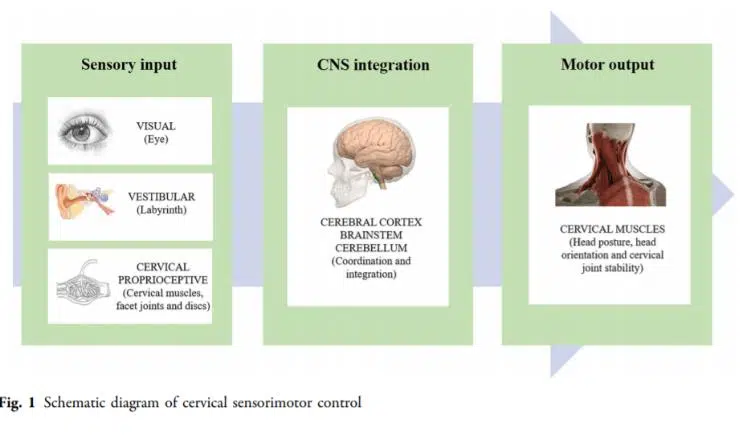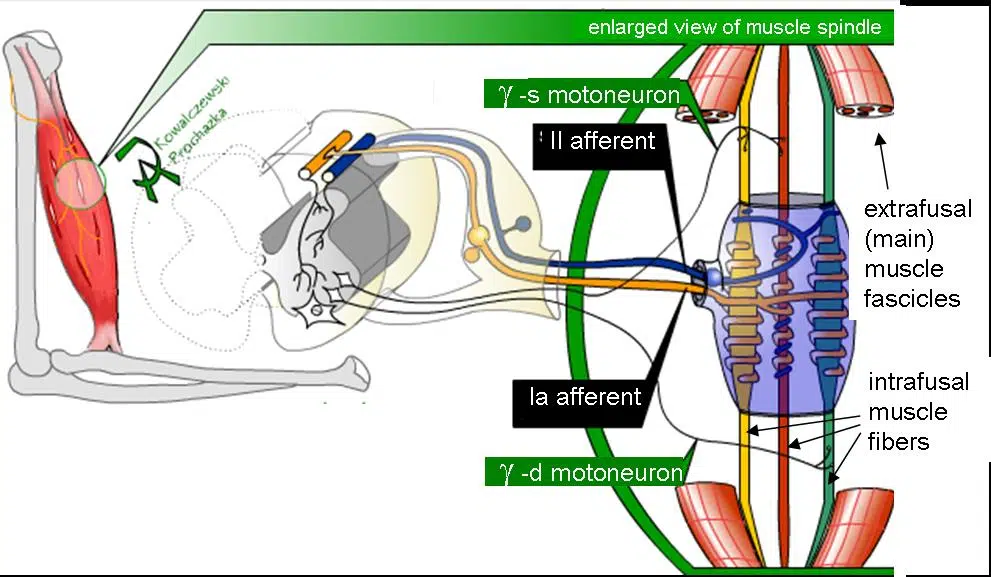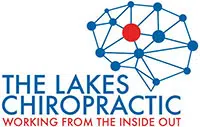Can you remember when you did not think about backaches and pain in your neck, legs, shoulders? When you were younger? What about now? What has changed over time? Episodes of back pain inhibits movement control and as a result you are likely to experience more spine-related pain.
Current research and studies highlighting the role of proprioception dysfunction (kinaesthesia/position sense of limbs and body) and the connection between neck pain. The cervical spine integrates visual, balance, and position sense to create head and neck movements.
1. The Visual System: information of the head position relative to its surroundings.
2. The Vestibular (balance) System: information of the head relative to gravity
3. Proprioceptive System: information of the head relative to the trunk

Head position awareness on the trunk is achieved with muscle spindles.
Importantly, the cervical muscle spindles also directly relay information of head and neck movement to the visual and vestibular systems.

The paper by Holtmann S, (1) states “Muscle spindles seem to play a dominant role as receptors for neck movements. Different ascending pathways project to the central nervous system and the signals interact with visual and vestibular stimuli.” The changes to how the muscle spindles send information to the brain can affect how you interpret balance and affect control of the eyes as we move our heads.
Simone Elsigs et.al paper in the conclusion promotes “We recommend the assessment of different aspects of sensorimotor ability, even in patients with mild neck pain, to detect movement control impairment and to avoid recurrent neck pain.”
If you have recurrent neck pain, if you appreciate that to get a different result you will need a different solution, then know you have an opportunity here.
Click on the links below and see a simple exercise that help rebuild movement control.
2: Simone Elsig, Hannu Luomajoki, Martin Sattelmayer, Jan Taeymans, Amir Tal-Akabi, Roger Hilfiker, Sensorimotor tests, such as movement control and laterality judgment accuracy, in persons with recurrent neck pain and controls. A case-control study,
Manual Therapy, Volume 19, Issue 6,2014, Pages 555-561,


